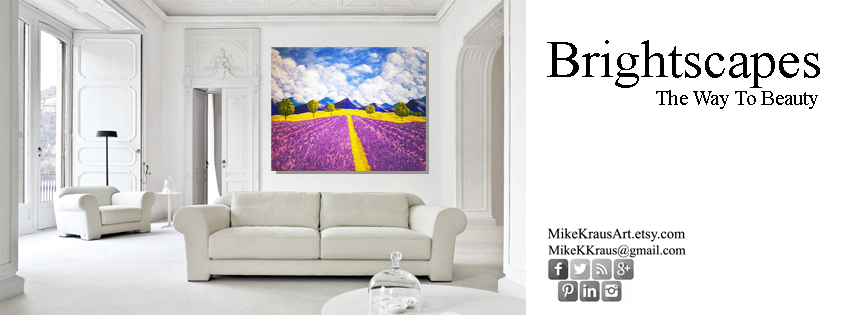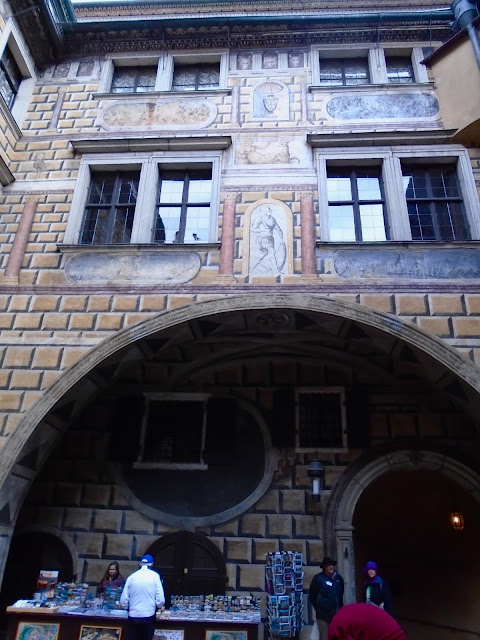WILLKOMMEN IN PASSAU, DEUTSCHLAND! Strolling up Höllgasse in Passau, Germany's Artist's Alley. Colorful cobblestones are a fun way to wander through a beautiful town.
Looking toward the Rathausturm (City Hall Tower) on Höllgasse Street
The tower was constructed in 1889-92 to replace a previous tower that was destroyed in 1811.
Mural on the exterior of the City Hall.
View of Veste Oberhaus from Rathausplatz (City Hall Square). Veste Oberhaus was built in 1219 as a fortress to show the power of the Bishop of Passau.
Gisella Temlom
View of tower of St. Stephen's Cathedra from Zengergasse street
Interior of St. Stephen's Cathedral.
Looking toward alter
Just a part of the largest cathedral organ in the world. It has 17,774 pipes and 233 registers and 6 consoles.
St. Stephen's Cathedral from Domplatz
St. Paul's Church constructed in 1678
Interior of St. Paul's Church
Entrance to Lukas-Kern-Kinderheim aka Bürgerliches Waisenhaus (Lukas-Kern Orphanage aka City Orphanage) was founded in 1749 by the shipmaster Lukas Kern
The opposite bank of the Inn river. This pic is for Marianne because she wanted to see livestock on the hills. And that's what the little white dots at the top right are.
Schaiblingsturm (Schaibling Tower) is from the Medieval town fortification dating back to about 1250
View down Rindermarkt Street
Meerkat graffiti! These truly are my people.
This is why you measure twice and buy a van once in Europe...
HAPPY BIRTHDAY MARIANNE!
Captain's orders that you must have his drink, "The Hiroshima:" 3/4th Triple Sec, lightly topped with Bailey's, couple drops grenadine to the center compliments of our awesome bartender Rahman.
Gala night means tuxedo napkins.
A perfect compliment to our well-worn tiny hands...
More vacation posts at:
Bratislava, Slovokia - http://mikekraus.blogspot.com/2016/10/danube-reflection-bratislava-slovakia.html
Wachau Valley - http://mikekraus.blogspot.com/2016/10/danube-reflection-wachau-valley.html
Cesky Krumlov, Czech Republic/Linz, Austria -
http://mikekraus.blogspot.com/2016/10/danube-reflection-cesky-krumlov-czech.html
Regenburg, Germany - http://mikekraus.blogspot.com/2016/10/danube-reflection-regensburg-germany.html
Prague, Czech Republic - http://mikekraus.blogspot.com/2016/10/danube-reflection-prague-czech-republic.html
Cesky Krumlov, Czech Republic/Linz, Austria -
http://mikekraus.blogspot.com/2016/10/danube-reflection-cesky-krumlov-czech.html
Regenburg, Germany - http://mikekraus.blogspot.com/2016/10/danube-reflection-regensburg-germany.html
Prague, Czech Republic - http://mikekraus.blogspot.com/2016/10/danube-reflection-prague-czech-republic.html




































































